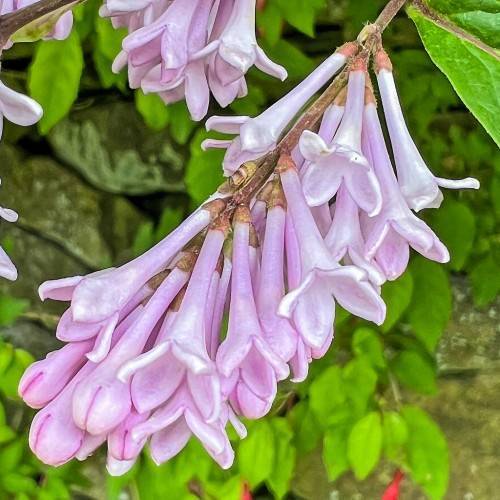
late lilac
Syringa villosa
Cycle:
Perennial
Watering:
Average
Hardiness Zone:
3 - 7
Flowers:
Flowers In Spring
Sun:
Full sun
Leaf:
Yes
Growth Rate:
Low
Maintenance:
Low
Drought Tolerant:
Yes
Salt Tolerant:
Yes
Care Level:
Medium
watering
For the Late Lilac plant (Syringa villosa): Water the plant deeply about once a week during the summer. Water the plant deeply and thoroughly by soaking the root zone once or twice a month in the winter months, depending on the type of soil. Make sure to check the soil moisture before watering to prevent overwatering in fertile soils. Avoid wetting the foliage, and allow enough time for the soil to dry out between watering sessions. To determine when to water, check the top 1 to 2 inches of soil - if it is dry, it’s time to water.
sunlight
Late lilac (Syringa villosa) does best in full sun, meaning at least 6 to 8 hours of direct sunlight each day. This is especially important in early spring, when the plant is trying to establish healthy growth. When the summer months arrive, it is beneficial to provide some shade during the hottest parts of the day (generally between 11 am and 3pm), as this will help keep the plant from drying out and wilting from intense heat and sun. By late summer, light shade is ideal for Late Lilac, as this will protect it from drying out in the dry months, while still allowing the plant to receive enough light to remain healthy.
pruning
For late lilacs, pruning should be done in late winter to early spring. Pruning late lilacs should involve light pruning, meaning that no more than a third of the entire bush should be removed at 1 time. Also, only dead, broken, or diseased branches and stems should be removed. If the plant has been neglected for a few years, then more pruning may be necessary. However, it should still be done in stages and not all at once.
